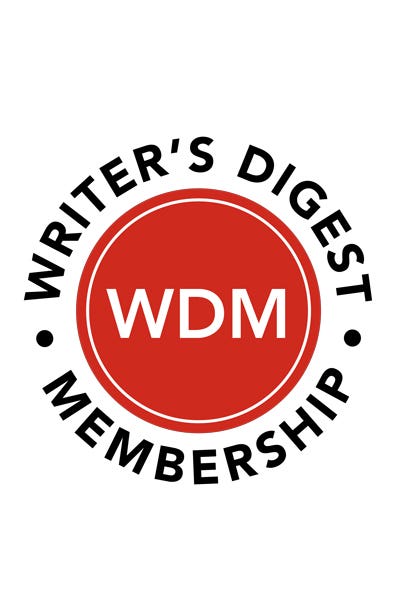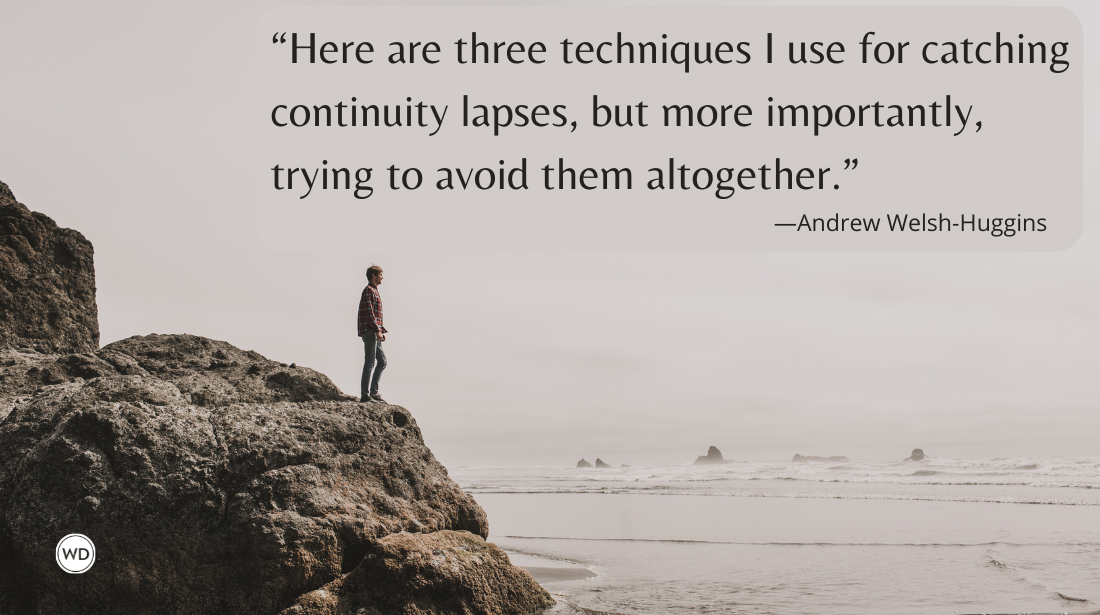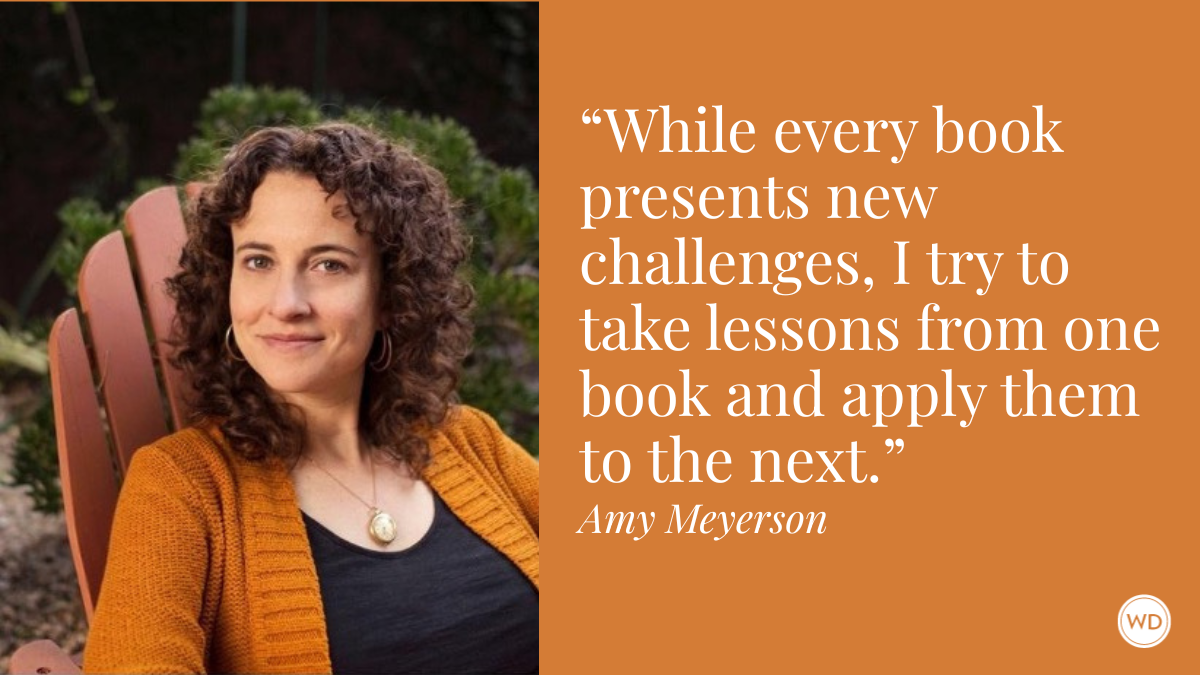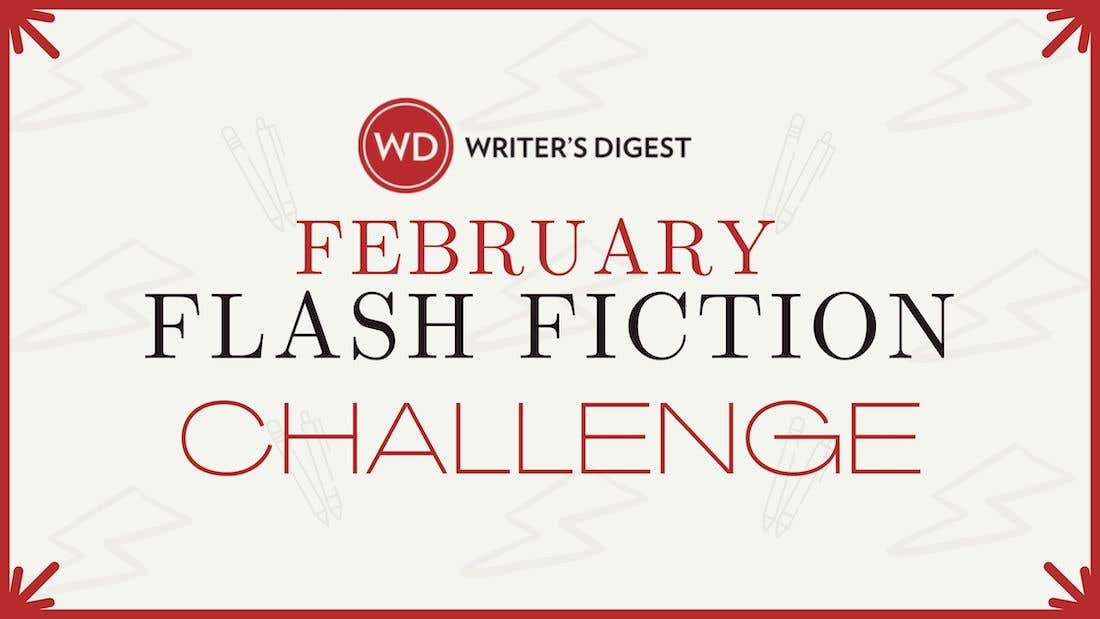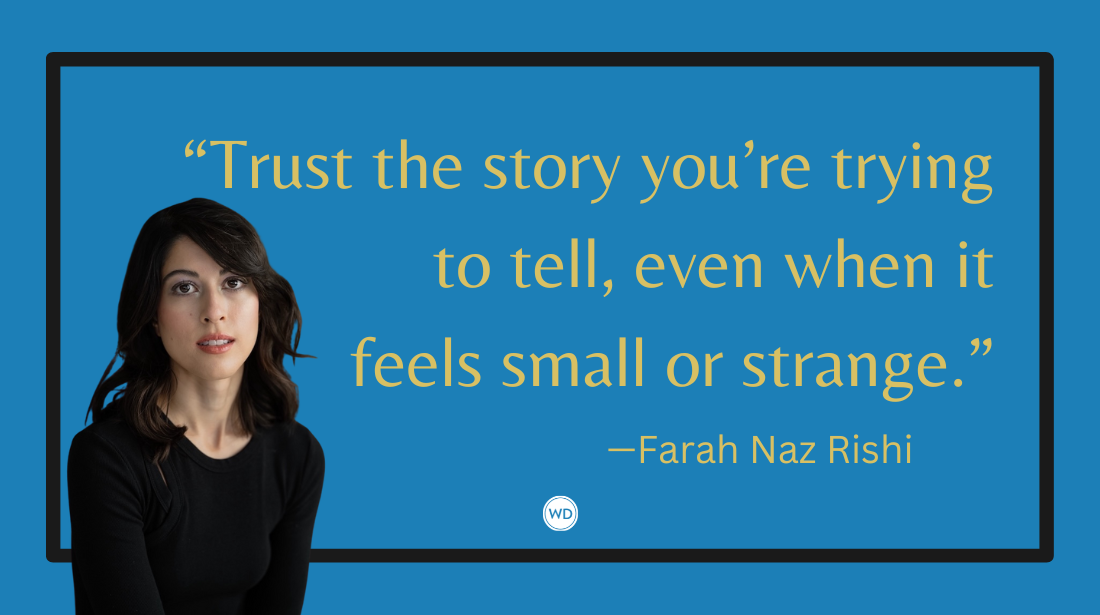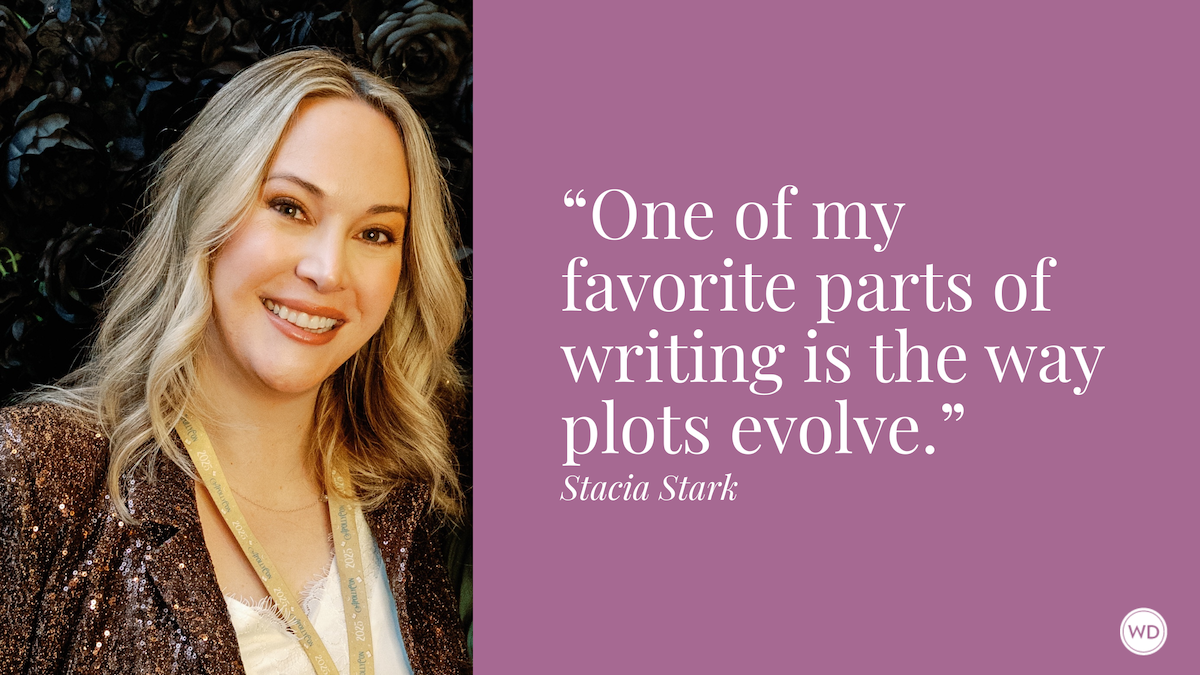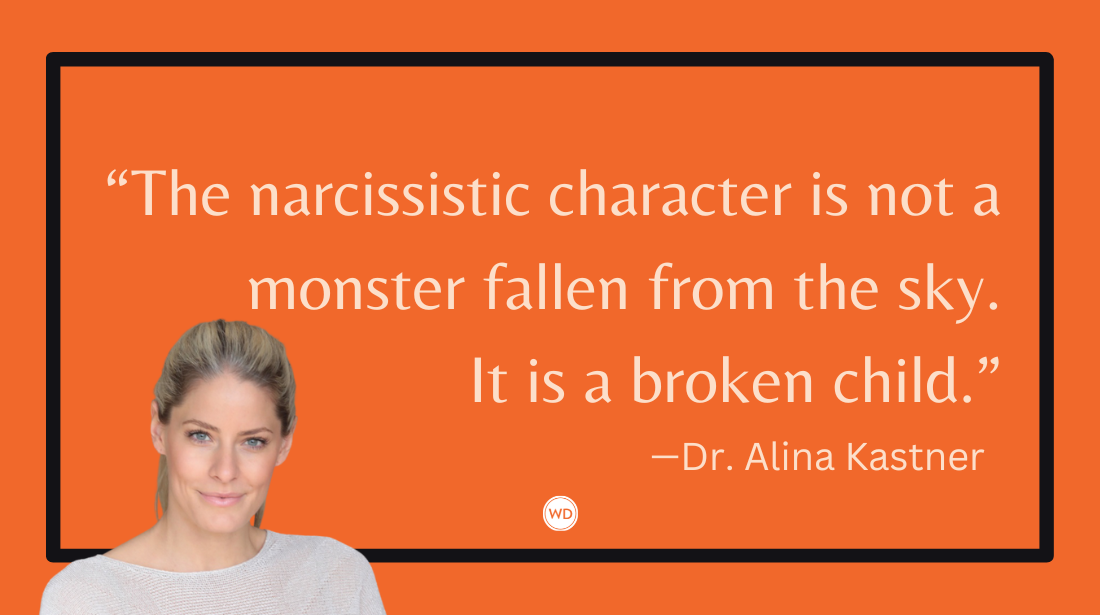Final Cuts: 10 Self-Editing Tips for Writing Vivid, Visceral Horror Fiction
Author Lindy Ryan shares 10 self-editing tips for writing vivid, visceral horror fiction that will keep your readers up all night.
No matter how many of the monsters lurking in your imagination have made it onto the page of your work in progress, the real nightmare begins at revision. If you’re an emerging horror or thriller writer, chances are you’ve already been told to “show, don’t tell” and “kill your darlings.” But what does that actually mean when you’re knee-deep in a second draft, tasked with slicing through your manuscript with the razor-sharp blade of the dreaded red pen?
Good writing isn’t just about what you put on the page—it’s about what you cut from it. The best horror stories don’t just creep under your skin because of their content, they burrow beneath the flesh because of their craft. Your first revision, the self-edit, is your post-draft exorcism.
Here are 10 practical steps to help make your writing sharper, scarier, and stronger, one bloody slash at a time.
#1: Kill the “Was”
Passive construction is the death knell of vivid writing; it dilutes dread. If you find your pages littered with “was,” “is,” “were,” or “had been,” it’s time to go full Van Helsing on your sentences.
Instead of: She was terrified by the sound behind her.
Consider: Terror jolted her spine.
Horror is built on urgency. Slicing through passive verbs to activate your draft puts your reader in the room with your protagonist, shoulder to shoulder in the dark.
Our modern master of horror, Stephen King puts it plainly in On Writing: “The adverb is not your friend.” The same could be said for passivity (worry not: we’ll talk about adverbs later). Slash those “was” zombies. Resurrect strong, specific action.
#2: Don’t Describe, Disturb
It’s not enough to say your character feels sick. Let us taste their sickness instead. After all, sensory language is the blood-pump of horror prose.
Instead of: He felt nauseated.
Consider: Bitter bubbles fizzed up his throat.
Paint the grotesque, the beautiful, and the uncanny with the same brush. Use metaphor, simile, imagery, and context that roots in sensation. When Shirley Jackson described the haunted house in The Haunting of Hill House, she didn’t just tell us it was scary but showed how the house wanted to be alone. The dread was part of the house’s architecture.
#3: Watch the Gerunds and Adverbs
Kin to passivity, words ending in -ing (gerunds) or -ly (adverbs) often signal weak verbs or over-explained actions.
Instead of: She was walking quickly toward the door.
Consider: She lunged for the door.
This isn’t a witch hunt: You don’t need to eliminate every gerund or adverb. But overuse muddies your prose, and horror needs clarity. In a foggy graveyard or darkened alley, we cling to what we can see. Make those images count.
#4: Submerge the “I”
This one’s critical for first-person POV, which is especially popular in horror because it creates intimacy. Even when writing from your protagonist’s POV, overusing “I” pulls your reader out of the character’s experience and reminds them they’re reading a character, not living a story.
Instead of: I watched the shadows crawl across the wall.
Consider: Shadows crawled across the wall.
You are the I. Trust your reader to follow you—strip away the filter and let them see through your eyes for cleaner, tighter prose that reads like a noose.
#5: Don’t Just “Start to”—Just START
Phrases like “started to,” “began to,” “was going to”—or my favorite Southern starter, “fixin’ to”—only delay the inevitable. And in horror, delay only works when it’s deliberate.
Instead of: She started to scream.
Consider: She screamed.
Remember, put your reader directly in-scene. They don’t need the prelude. They need the punch.
#6: Avoid Redundant World-Building
Because you know your world inside and out, it’s easy to repeat facts or re-describe elements that feel important, but too much repetition slows the pace and drains the tension, and readers crave forward momentum. A sharp self-edit means reading outside yourself. Flip to a random page and ask: Do I still understand what’s happening? Am I reading the same thing I read three pages ago?
Paul Tremblay told Nightmare Magazine: “Horror works best when it’s grounded in the ordinary. You don’t need to build a castle of bones if a single door left ajar can keep us up at night.”
Focus on tension, not architecture. Horror thrives on emotional immediacy, not elaborate world-building (or encyclopedic exposition). One chilling image is more powerful than a repeated floor plan.
#7: Precision Beats Perfection
Emerging readers often fall into the trap of using precise measurements or directional cues to describe action, but unless the exact number matters (think: crime scene evidence) a “twenty-foot hallway” is less helpful than a “hallway long enough to lose a scream in.”
Likewise, we rarely need to know that a character picked up a knife with their left hand. It’s more important to know:
- that they have a knife and
- have a plan for its business end.
Save directionality for combat choreography. Otherwise, let the atmosphere lead.
#8: Anchor Dialogue in Action
Good dialogue is a blade: It cuts deep and clean. But even the sharpest dialogue loses its edge if it floats in space. Don’t just stack quote after quote. Stake your conversations with action beats or physical reaction.
Instead of:
“You shouldn’t have come.”
“I had no choice.”
Consider:
She didn’t look up from the blade. “You shouldn’t have come.”
“I had no choice.” His voice cracked, but the door behind him stayed closed.
This doesn’t mean you need to attribute every sentence (and when you do, the research is overwhelmingly in favor of said rather than said-isms). Tag sparingly put purposefully. One attributed line per page is a solid guideline.
#9: Beware of Implied Context
Your reader is smart, but not psychic. Just because you know why the cemetery gate is rusted shut, or why your protagonist avoids mirrors, or gets that reference to that super deep-cut from an eighties’ B-flick, doesn’t mean your reader does. Horror thrives on mystery, but confusion is its enemy.
Ursula K. Le Guin said it well in Steering the Craft: “The reader cannot know what you do not tell. Even if it’s clear to you, it may not be clear to them.”
Consider referencing Pamela Voorhees to someone who’s never seen Friday the 13th. The horror falls flat if the context isn’t shared. Shared knowledge of cultural or genre references can add texture to your work but prioritize building context rather than relying on assumed references to do it for you.
#10: Let Your Voice Bleed
All the mechanics in the world won’t save a horror story without a pulse. Once you’ve killed the passives, sliced the filters, and tightened the prose, go back and listen to your voice. Does it still sound like you? Does it still skin crawl in the right places?
As Chuck Palahniuk puts it: “The truth is, you don’t need a big, complicated setup to write a story. You just need a moment that hurts.” That’s the rub of writing horror, really: Find your hurt, then cut deep enough for the reader to feel it.
If prose is the horror writer’s poison, then self-editing is the scalpel. It’s how we carve our stories into something readers can’t look away from. Don’t be afraid to be ruthless.
Check out Lindy Ryan's Another Fine Mess here:
(WD uses affiliate links)



